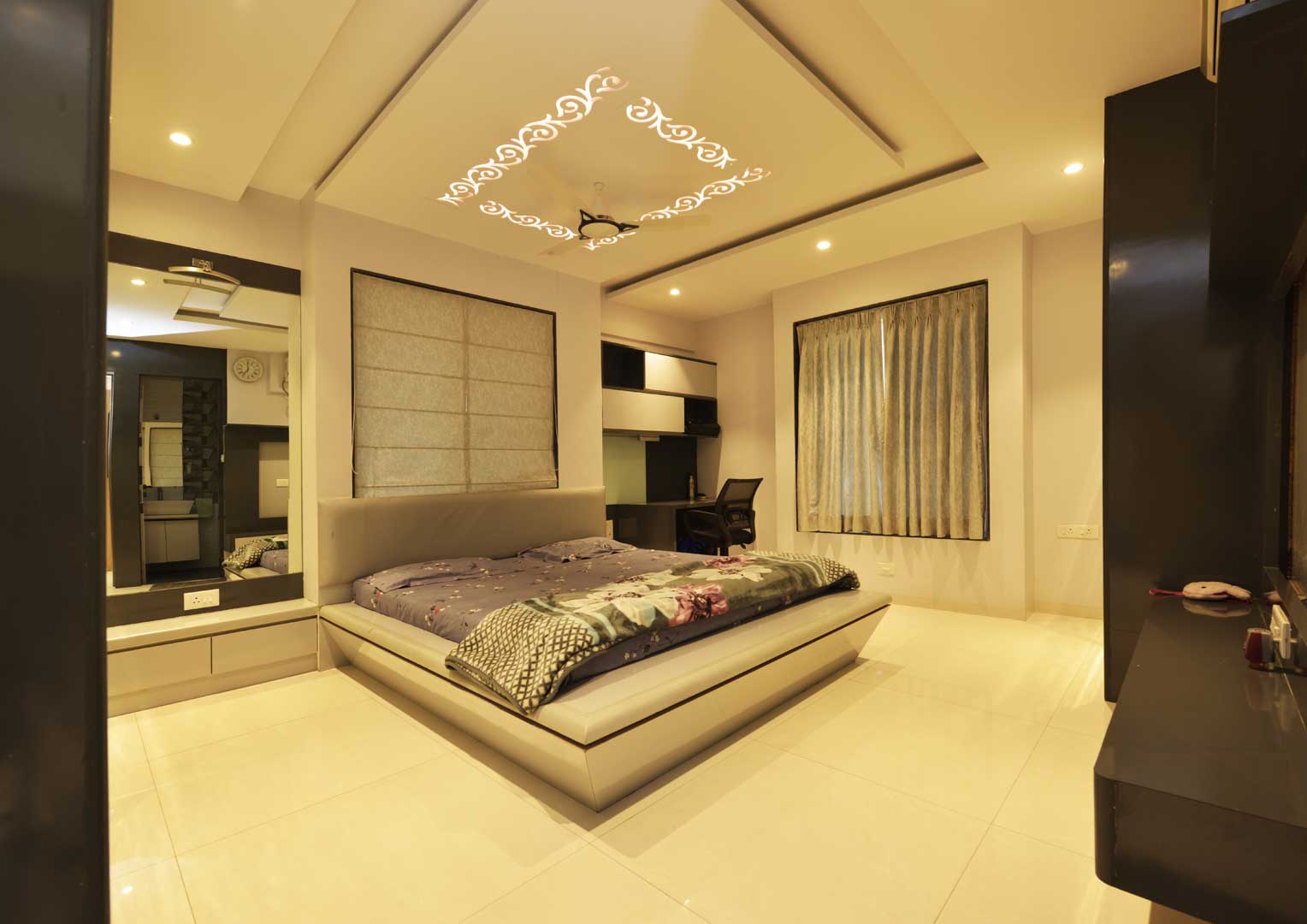
At
Green Hat Studio we believe that every house is precious. We should make sure that the work done for any house should be executed in good faith. The journey should be a memorable one for all parties involved in the project, more so for our clients so that they enter the house with positivity and deprived of any negative emotion.
Interior Designer (
How to hire the best interior designer) is a pivot in any project and everything revolves around him. Once a design brief is given, it is his/her responsibility to make sure that every word written is incorporated in the design and if there is any ambiguity in the brief, it should be sorted out and communicated properly with the client.
Following are the stages involved in the design and execution process.
- Concept design stage: This basically is the first response to the design brief given by the client. It can be a 2D furniture layout along with some ideas in the form of photos/sketches focusing on the design solutions proposed. The idea is to convey your line of thinking. Along with this a preliminary budget is worked out to give the client an idea of how much they might have to spend on this project.
- Schematic design stage: Once the concept is approved and signoff is given, the designer can now move to the next stage which is working out the actual look, 3D visualization of the proposed design in the form of sketches or 3D renderings. Here client gets the actual feel of how the end product will look along with the various proposed design elements.
- Design development stage: Once the schematic stage is signed off, the next stage is design development stage. This is where all the details are worked out and drawings are prepared for execution and handed over to the contractor. Here all material boards are also submitted to the client for approval.
- Tendering stage: The final design and details are shared with the respective vendors for quotation. Evaluation and negotiation is done at this stage and the contractor is appointed for commencement of work. At this stage the contractor should also submit a timeline for the project along with the expected cash flow to avoid any delay.
- Execution stage: After the commencement of work, the designer is responsible for periodic site visits to keep a check on the construction activity and make sure that the execution happens as per the good for construction drawings, specifications and schedule submitted. If there is any observation then the same should be communicated to the contractor and to the client. Designer should keep a check on the material purchased and is it as per the specifications given. He/She should also check that the material is used wisely without much wastage. The designer should keep a check on the conduct of people working at site and if all the necessary precautions are taken to prevent any untoward incident at site.
- Closure: At this stage snag list is prepared and final inspection is done to confirm that the work is completed as per the approved design.
It is always advisable to understand the scope of services before the work is allotted and any issues herein are iron out to avoid any dispute on a later date.
 At Green Hat Studio we believe that every house is precious. We should make sure that the work done for any house should be executed in good faith. The journey should be a memorable one for all parties involved in the project, more so for our clients so that they enter the house with positivity and deprived of any negative emotion.
Interior Designer (How to hire the best interior designer) is a pivot in any project and everything revolves around him. Once a design brief is given, it is his/her responsibility to make sure that every word written is incorporated in the design and if there is any ambiguity in the brief, it should be sorted out and communicated properly with the client.
Following are the stages involved in the design and execution process.
At Green Hat Studio we believe that every house is precious. We should make sure that the work done for any house should be executed in good faith. The journey should be a memorable one for all parties involved in the project, more so for our clients so that they enter the house with positivity and deprived of any negative emotion.
Interior Designer (How to hire the best interior designer) is a pivot in any project and everything revolves around him. Once a design brief is given, it is his/her responsibility to make sure that every word written is incorporated in the design and if there is any ambiguity in the brief, it should be sorted out and communicated properly with the client.
Following are the stages involved in the design and execution process.